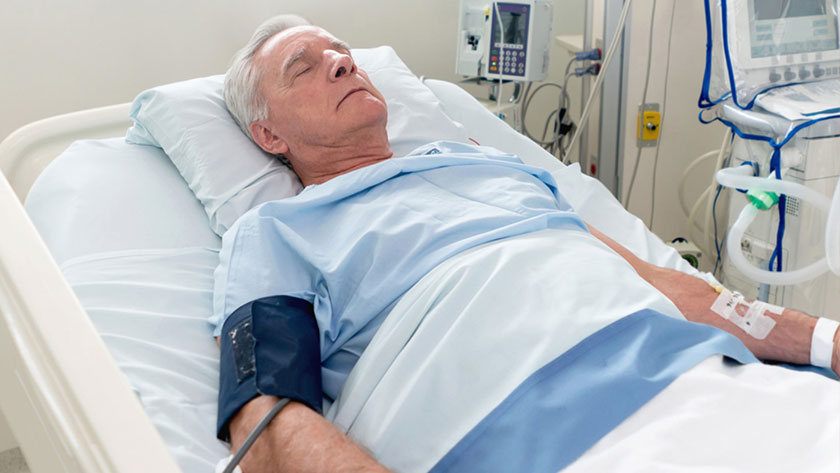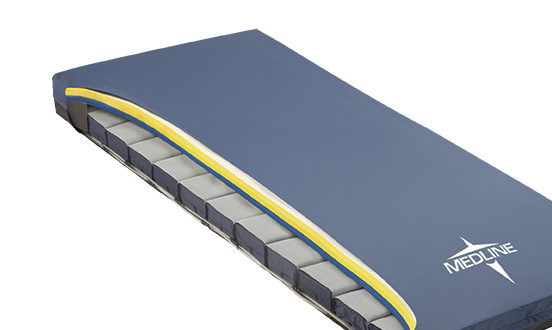You need the right support surface: standards to guide you are coming

You’re a clinician in a medical ICU who treats immobile patients at high risk for developing pressure injuries. What characteristics in support surfaces do you look for?
Now say you’re a clinician in a rehab facility with patients working on improving their mobility, including getting in and out of bed. What support surface should you choose?
Support surface standards help clinicians—as well as manufacturers, sellers and users of support surfaces—make informed decisions when selecting one surface over another. Support surfaces range from mattresses and mattress covers to seats and integrated bed systems.
ANSI/RESNA recently approved eight standards to begin a process for evaluating performance characteristics of support surfaces. Once disseminated to manufacturers, the standards testing will begin. The results will help guide clinicians in finding support surfaces that meet the specific needs of their patients, residents or other users.
The standards will be implemented by the Support Surface Standards Initiative (S3I) of the National Pressure Ulcer Advisory Panel (NPUAP). S3I is affiliated with ANSI/RESNA and International Standards Organization (IS0) and therefore has global reach.
According to longtime S3I member Jackie Todd, MBA, BS, BSN, CWCN, DAPWCA, of Medline Industries, the committee aims to help all industry stakeholders, from clinicians to users, better understand the role that support surfaces play in improving patient outcomes and quality of life. That includes preventing and treating pressure injuries.
Todd emphasized that the standardized tests are not intended to determine overall performance of support surfaces. They are meant only to differentiate performance of specific support-surface characteristics.
The most recently approved group of standards, ANSI/RESNA SS-1-2019, are available on the Rehabilitation Engineering and Assistive Technology Society of North American (RESNA) website. A revised Terms and Definitions Related to Support Surfaces is available on the NPUAP website.
Now, let’s get back to you being a clinician choosing support surfaces—this time using information you glean from the new standards testing and revised terminology.
In the medical ICU, you will consider the need for pressure redistribution for your patients at risk for pressure injuries. You will give more weight to standardized tests on immersion [“the penetration (sinking) into a support surface, measured in depth”] and envelopment (“the ability of a support surface to conform, so to fit or mold around irregularities in the body”).
As a clinician in the rehab facility, you will choose a support surface with less immersion. That’s because the surface more closely resembles mattresses patients will transition to at home. With their improved bed mobility, these patients now are at lower risk of falls.


